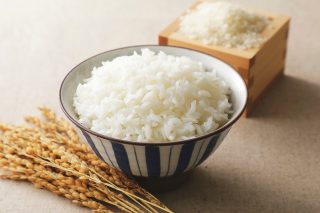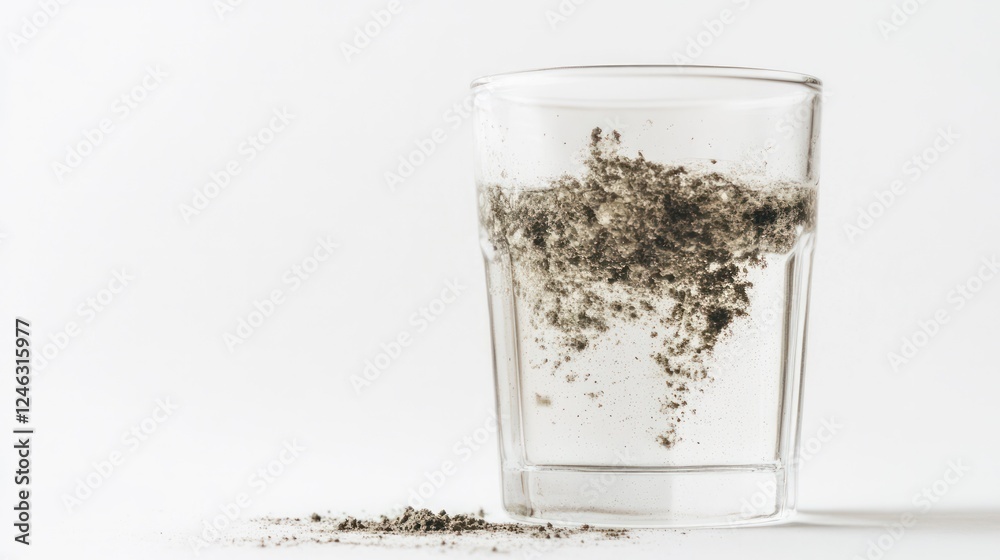Reducing Arsenic in Rice: what you need to know and why it matters
Arsenic in rice has led to product recalls due to its potential danger.
Several rice product recalls — including baby foods and regular rice — have been issued due to arsenic contamination. These recalls are often prompted by the U.S. Food and Drug Administration (FDA) detecting alarmingly levels of inorganic arsenic which is considered more toxic than the organic form of arsenic. According to a recent report published on Healthy Babies Bright Futures website, lab tests of store-bought rice from many U.S. brands revealed that four toxic heavy metals were found in rice — arsenic, cadmium, lead, and mercury. While each toxin has different health effects, they can contribute to serious risks like cancer, developmental harm including IQ loss, and accumulation in the body over time. Study shows that arsenic was found at the highest levels, with cadmium next.

What is arsenic? Where can it be found?
Arsenic is a chemical element which has properties of both metals and nonmetals. It typically appears as a gray, metallic-looking solid chemical which is highly toxic, especially in its inorganic forms. Arsenic naturally occurs in soil and groundwater, but it can also result from human activities such as coal mining and the historical use of pesticides, paints, and wood preservatives that contained arsenic.
Arsenic can be found in small amounts in many foods, both those grown in soil or water, such as rice, seafood, dairy products, poultry, red meat, fruits and vegies and even drinking water but it can become toxic if you take too much of it.

Which foods contain the highest levels of arsenic?
Compared to other foods, rice tends to absorb significant amounts of arsenic from the flooded fields in which it’s grown. The amount of arsenic present in rice fields can vary widely depending on the region. White rice typically has lower amounts of arsenic than brown rice. That’s because the outer layers of brown rice, and the germ are removed to make white rice, which decreases the amount of arsenic.
Does this mean we should switch to brown rice only? Not necessarily—but it can be one option. The decision is up to you. Just keep in mind that while white rice tends to contain less arsenic, it also has significantly lower nutritional value compared to brown rice.
How to reduce the amount of arsenic?
Given these concerns, the key question is: what can we do to reduce the amount of arsenic in rice before eating it?
Below are several methods that may help reduce arsenic levels in rice.
- Rinse rice when it is raw to take out about 10% of the arsenic in it.
- Boil rice like pasta with six cups of water for every one cup of rice to remove an additional 40% to 60% of the arsenic.
- After boiling the rice, pour off the remaining water, then rinse the cooked rice again.
NOTE: Frying raw rice before boiling does not significantly reduce arsenic levels because it is an element and can’t be destroyed by heat. When heated, arsenic may change form and turn from solid directly into gas or release toxic arsenic vapors, but it doesn’t break down or disappear.
Healthy Rice Alternatives
While boiling rice can help reduce arsenic levels, it also causes the loss of important nutrients such as vitamins B and C. For this reason, it may be more beneficial to substitute rice with other whole grains like quinoa, barley, farro, amaranth, bulgur, and millet. These grains are equally nutritious and naturally low in arsenic, as they do not absorb it from the soil during growth.

